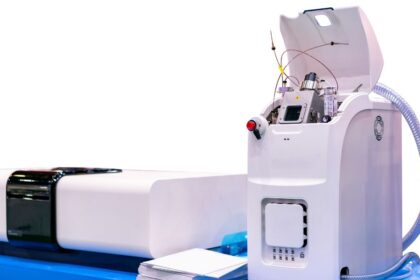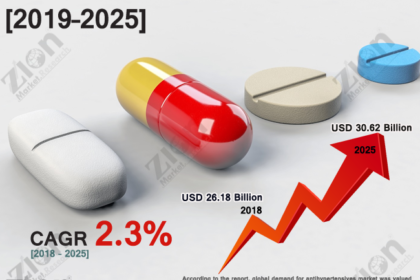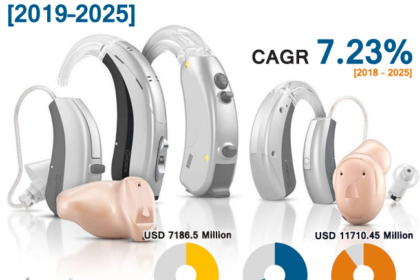Lungs are the vital part of a body which helps in taking in oxygen and releasing carbon dioxide. Lung cancer is caused due to several known and unknown reasons when the harmful cells starts developing in the lungs or the periphery. Lung cancer has turned out to be one of the leading causes of death across the world. In fact, passive smoking and inhaling the carbon indirectly can also have a bad effect on the lungs, resulting in cancer. Some of the other factors causing lung cancer are exposure to harmful gases such as radon and asbestos fibers. The two main types of lung cancers are small cell cancer and non-small cell cancer. Based on the statistics by the American Cancer Society, in 2019, America reported around 228,000 new lung cancer cases. Methods such as an x-ray of the chest, MRI, CT scan, PET scan, bone scan, sputum cytology, and biopsy are used to detect the level and the disease. Thus, the global lung cancer diagnostics market is likely to witness significant growth within the forecast period.
There are several factors contributing to the growth of the global lung cancer diagnostics market, such as supportive programs conducted by non-governmental and governmental organizations regarding the awareness and the treatment options for lung cancer. The technology has also brought new biomarkers for diagnosis. In addition, surged use of tobacco and rising number of people indulging in smoking are also some of the contributing factors behind the rising demand in the global market. However, the lack of skilled professionals and less awareness among the people are some factors expected to hinder the market growth.
The global lung cancer diagnostics market is broadly categorized into type, test, and region. The type segment is bifurcated into small cell lung cancer and non-small cell lung cancer. In terms of test, the global market is divided into sputum cytology, molecular test, imaging test, biopsy, and others.
Geographically, North America is likely to lead the global lung cancer diagnostics market within the forecast period. Advancement in technology, increased adoption of new techniques by the healthcare experts, and the rising presence of major companies are estimated to emerge as the leading factors behind the regional growth. The position of the second largest region in terms of revenue is held by Europe, attributed to rising awareness regarding the early diagnosis & tests, presence of well-skilled researchers, and contributing reimbursement scenario. Moreover, Asia Pacific is also estimated to depict a significant growth rate, boosting the market condition. This is attributed to the rising number of people suffering from cancers in the region.
The global lung cancer diagnostics market is dominated by leading players like bioMérieux, Roche Diagnostics, Thermo Fisher Scientific, Qiagen N.V., Illumina Inc., Agilent Technologies, AstraZeneca plc, Sanofi S.A., and Janssen, to name a few. Advancement in technology has now come up with an electric nose for the people suffering from lung cancer and their diagnostics. The technology has been introduced by the European Society for Medical Oncology. It detects the particular chemicals in the patient’s body by their breathing and then analyzes if they will be fit for the immunotherapy or not.





